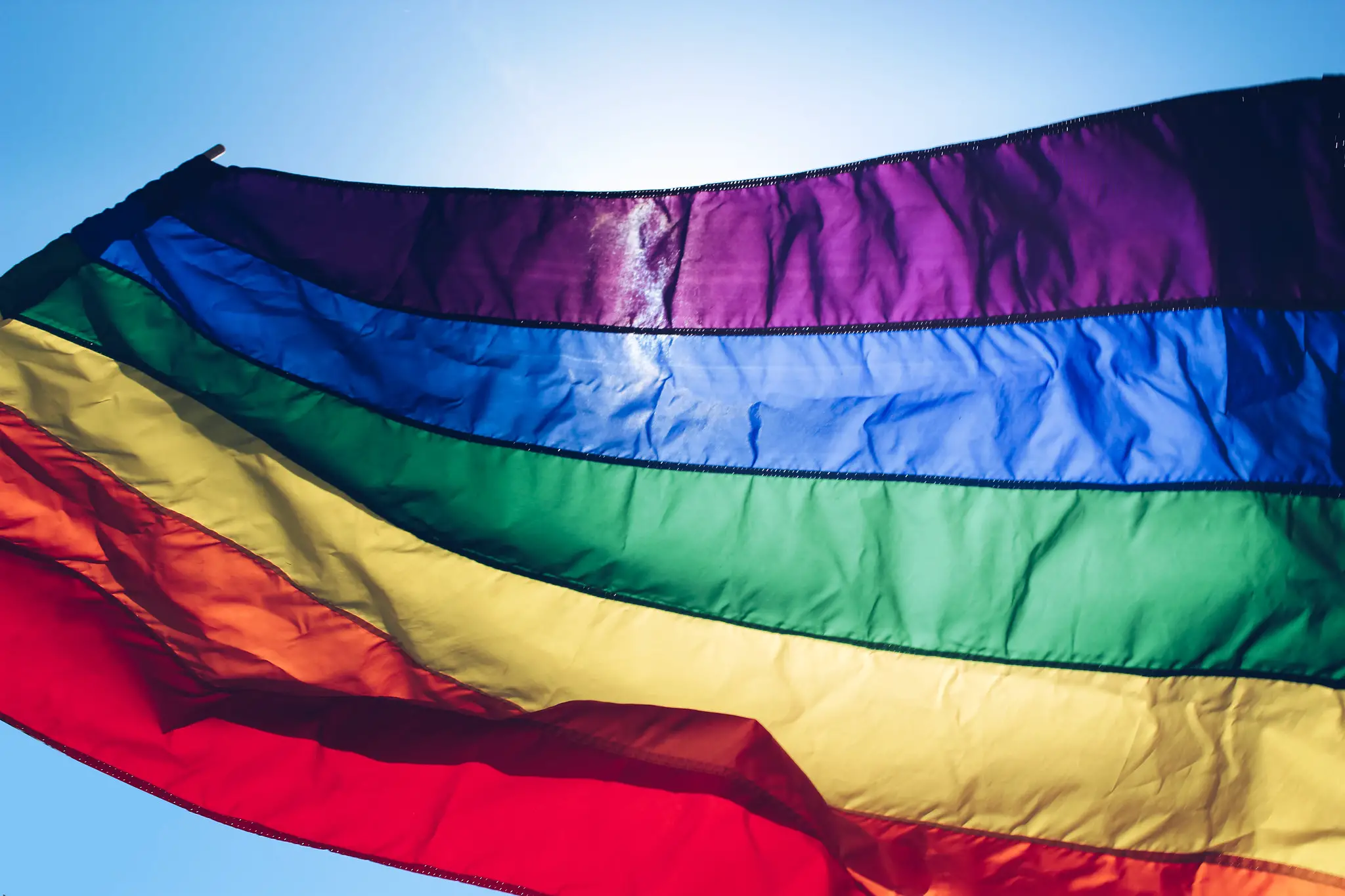The latest 2021 Census data to be released by the Office for National Statistics (ONS) relates to the question on sexual orientation.
The census question on sexual orientation was a voluntary question asked of those aged 16 years and over, and on the Isle of Wight (population 140,400 in 2021) more than 9,000 chose not to answer it.
Straight or Heterosexual
Of those who shared their sexual orientation, 106,995 said they were Straight or Heterosexual – equating to 89.47 per cent.
1,550 residents said they were Gay or Lesbian, whilst 1,415 said they were Bisexual.
Full responses
See the table below for the full breakdown of choices.
| Numbers | Percentage | |
|---|---|---|
| Straight or Heterosexual | 106,995 | 89.47 |
| Gay or Lesbian | 1,550 | 1.3 |
| Bisexual | 1,415 | 1.18 |
| Pansexual | 204 | 0.17 |
| Asexual | 94 | 0.08 |
| Queer | 14 | 0.01 |
| All other sexual orientations | 6 | 0.01 |
| Not answered | 9,306 | 7.78 |
Love: A landmark step forward for inclusion and equality
Cllr Karl Love, an unofficial ambassador for LGBTQ+ rights, told News OnTheWight,
“It’s the first time in 200 years that this data has been included in the Census.
“I suspect that in rural communities there will be many people who are reluctant to self identify, even through this confidential process.
“I think the data is important and represents a snapshot of life in the UK today. The data also represents a landmark step forward for inclusion and equality.
“This data provides important evidence in the planning, funding and development of services for our communities as a whole inclusive Island place.”
Why ask the question?
This was the first time that the question of sexual orientation was included on a Census. The ONS say the data gathered will meet the needs for better quality information on the LGB+ population for monitoring and supporting anti-discrimination duties under the Equality Act 2010.
97 per cent of households across England and Wales completed the Census in 2021.
What does sexual orientation mean?
The ONS explain that ‘sexual orientation’ is an umbrella term covering sexual identity, attraction, and behaviour.
For an individual respondent, these may not be the same. For example, someone in an opposite-sex relationship may also experience same-sex attraction, and vice versa.
This means the statistics should be interpreted purely as showing how people responded to the question, rather than being about whom they are attracted to or their actual relationships.
Image: Quote Catalogue under CC BY 2.0





